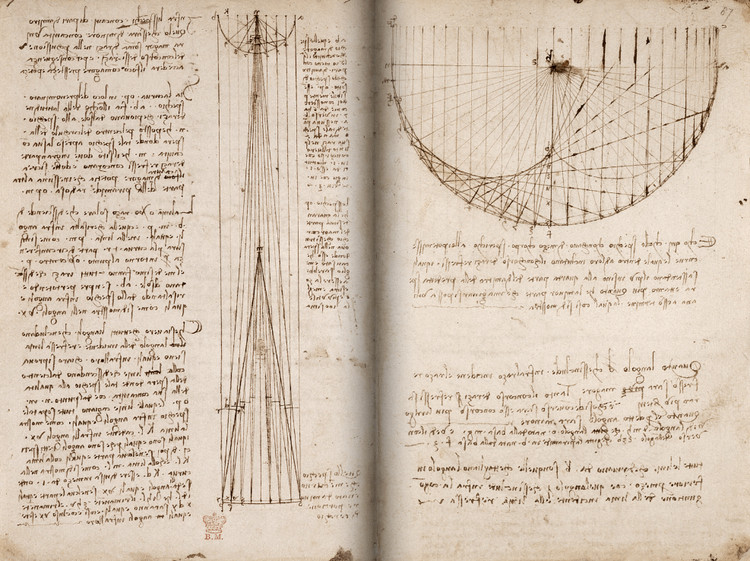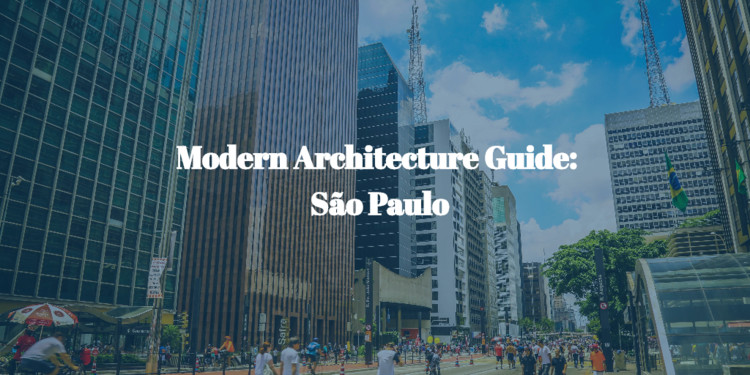
A collaboration between the British Library and Microsoft, titled Turning the Pages 2.0, made 570 pages of Leonardo da Vinci's' Codex Arundel available for free online. Now anyone can navigate the writings of one of the most inventive minds of the Renaissance. In the hundreds of digitized pages are ideas for airplanes, helicopters, parachutes, submarines and automobiles, centuries before they were developed and brought to the world.
During his lifetime, part of his ideas and reflections were recorded in his notebooks. Some of these manuscripts have been lost over the centuries, and those that remain have become rare objects accessed only by a select group of collectors and historians - until now.


















.jpg?1484769681)
.jpg?1482771046)
